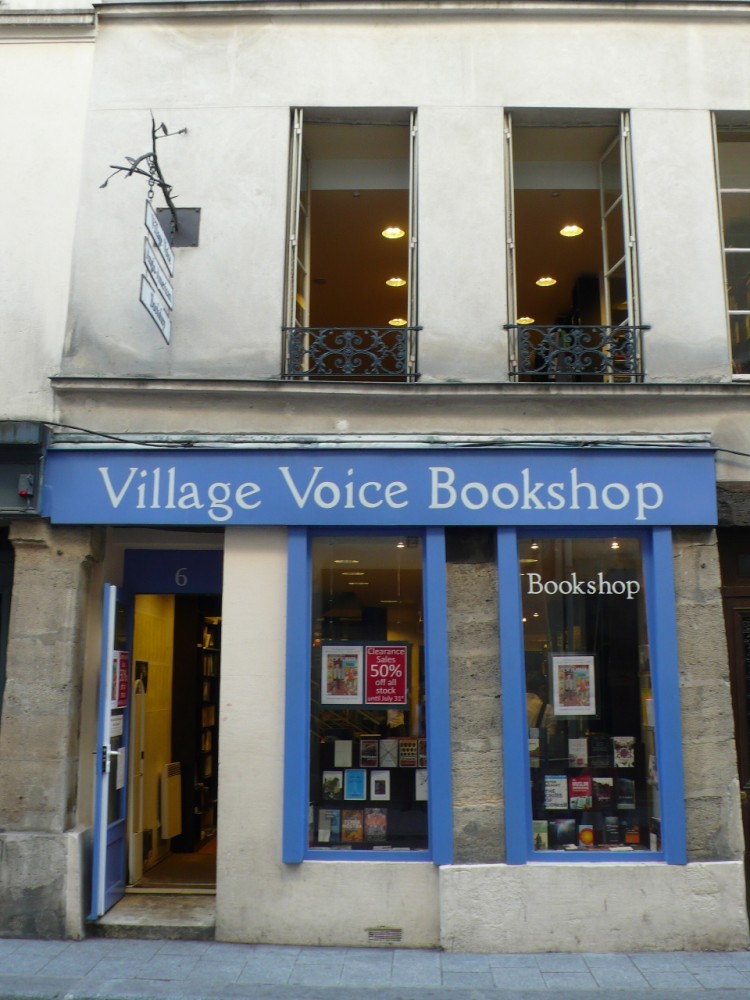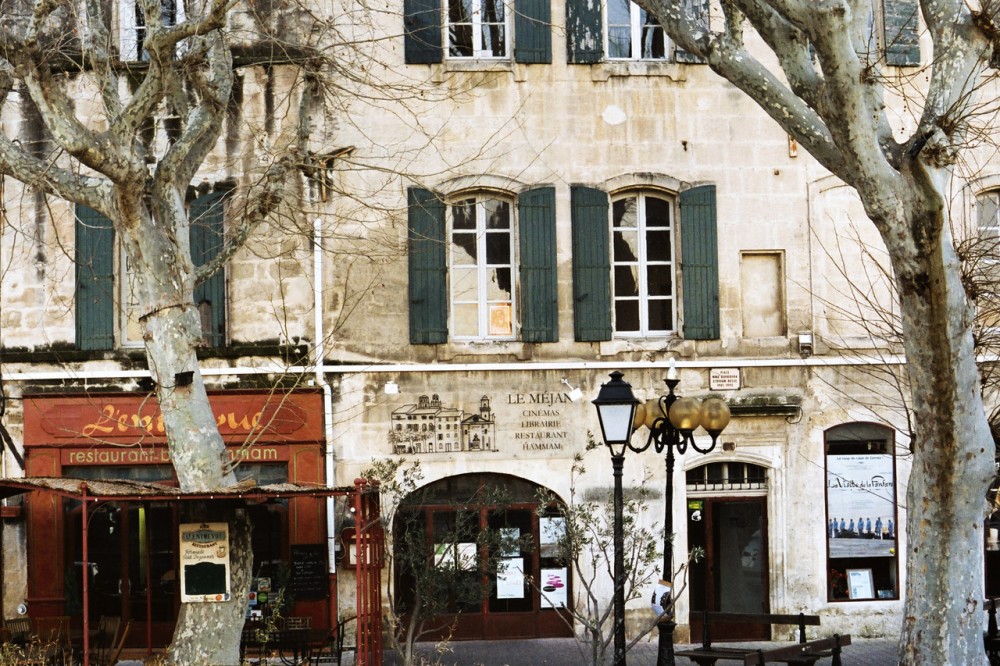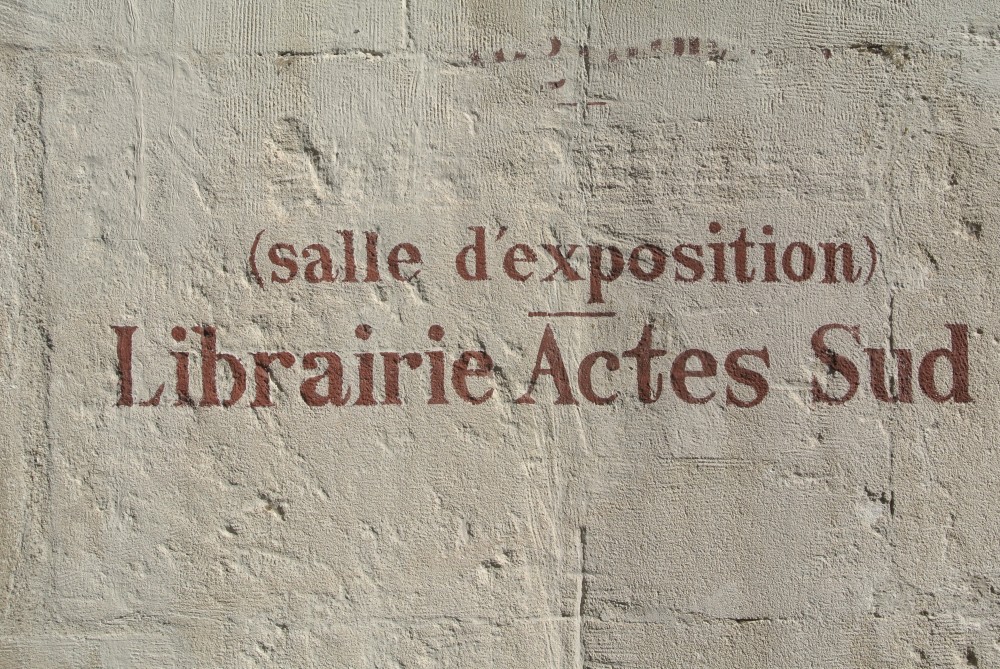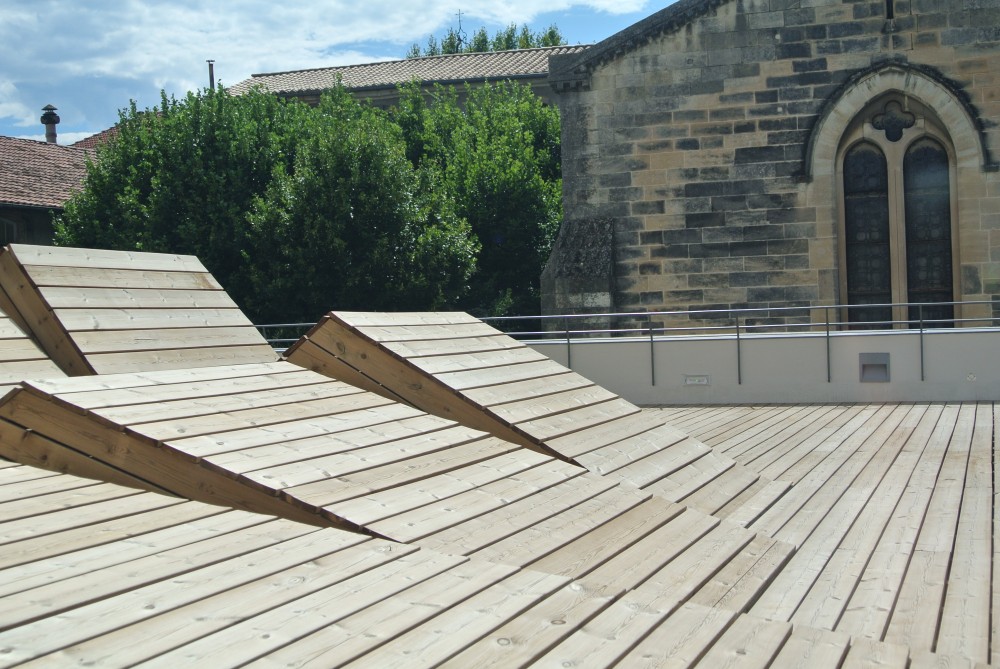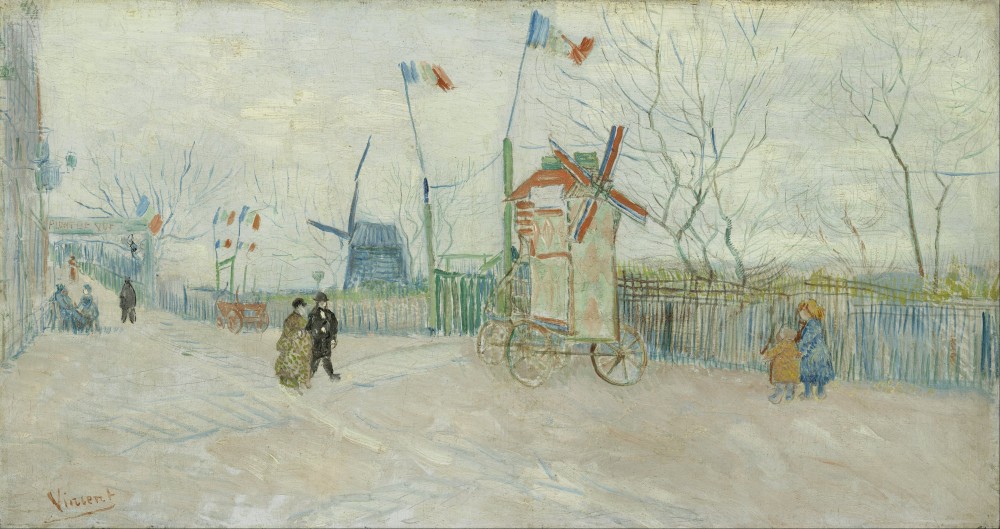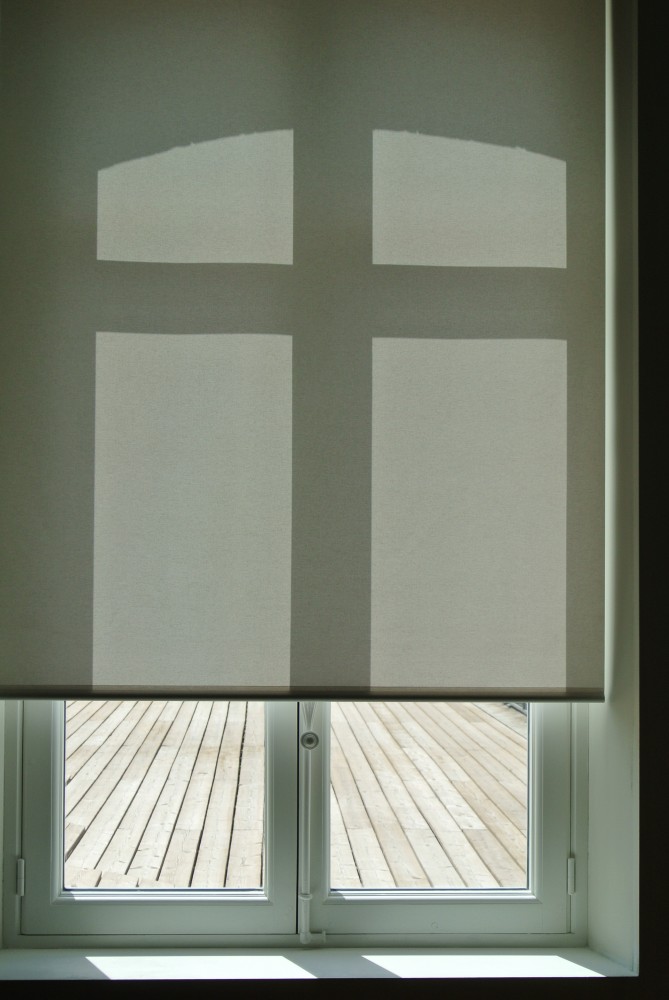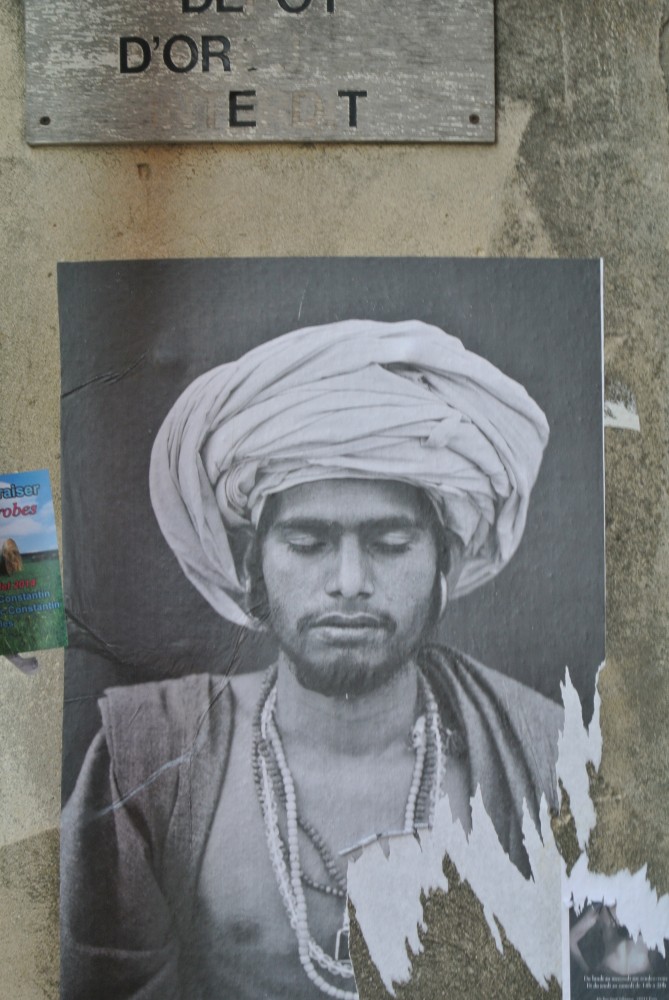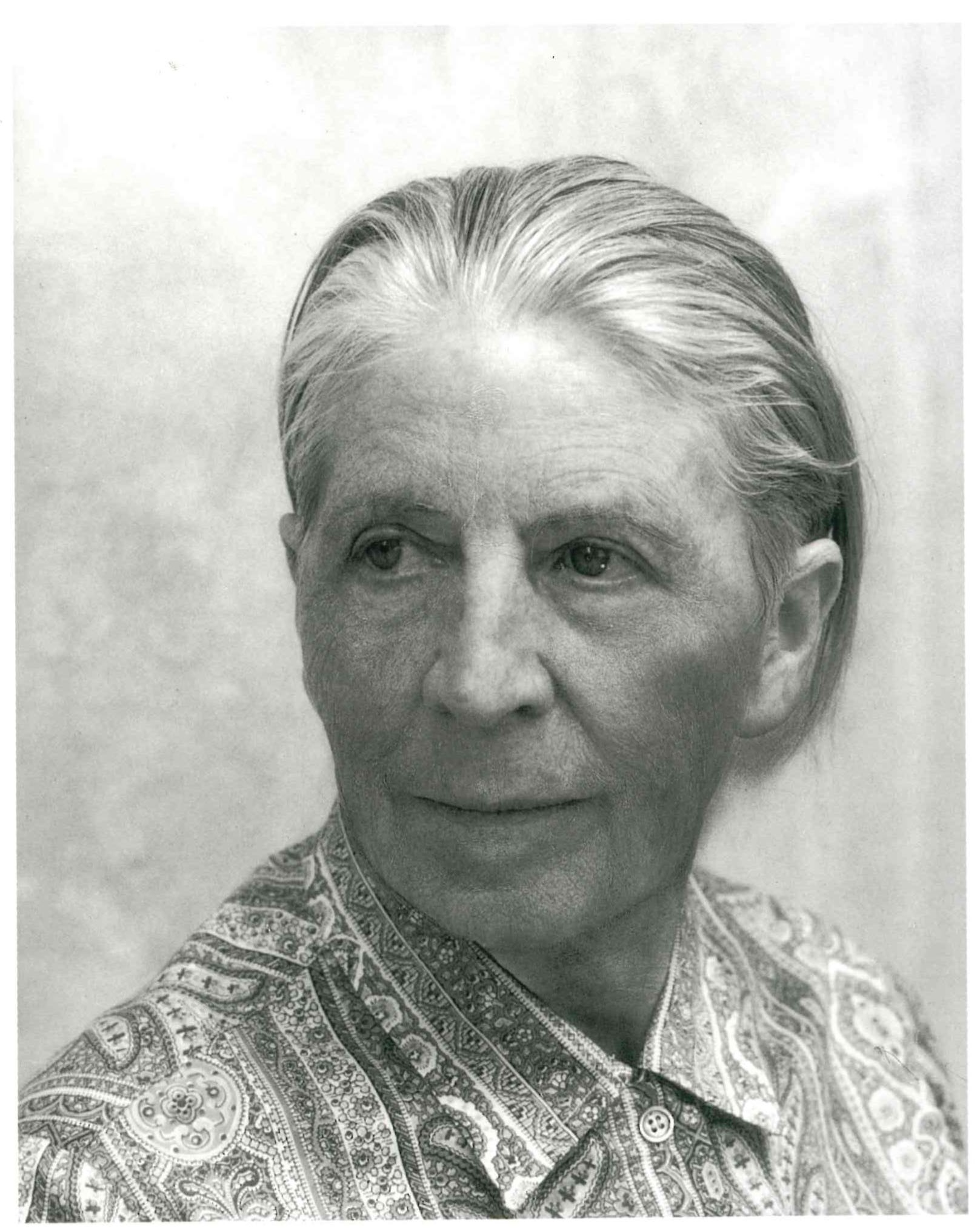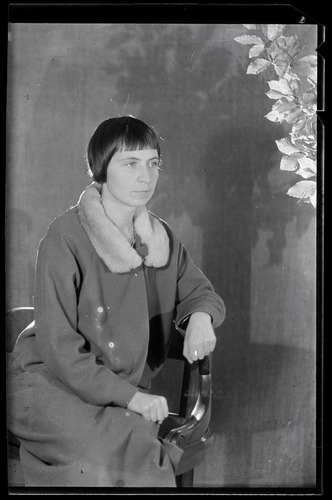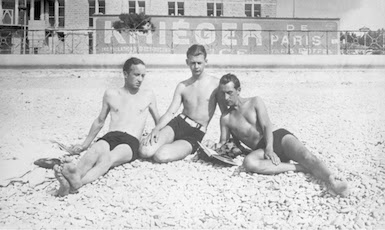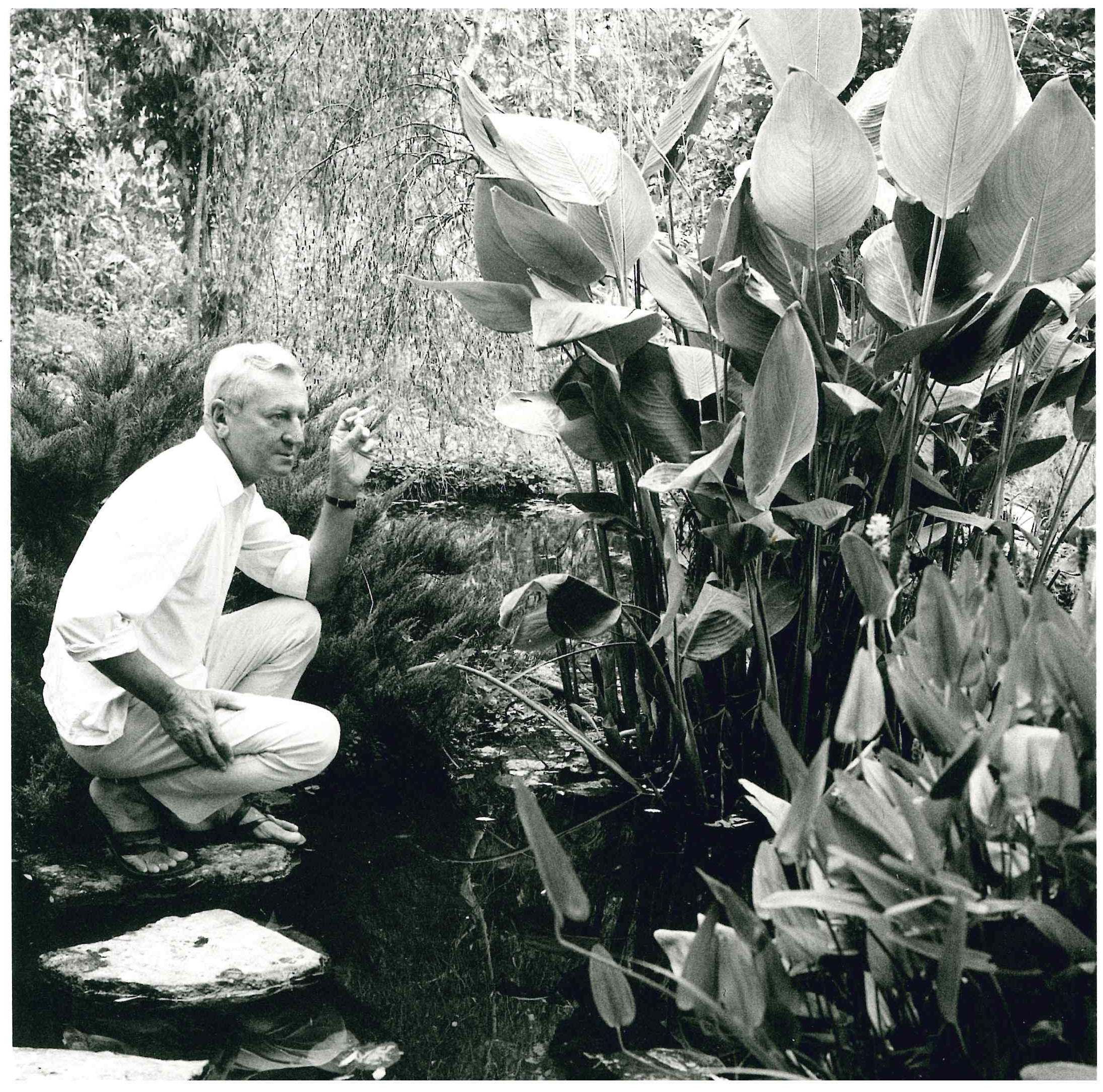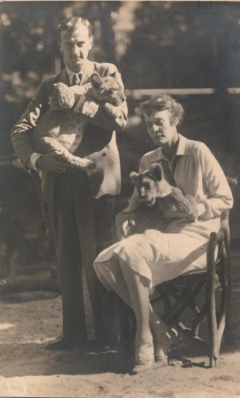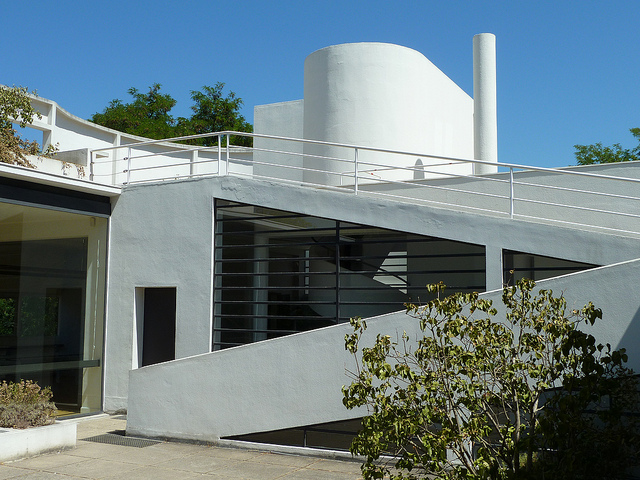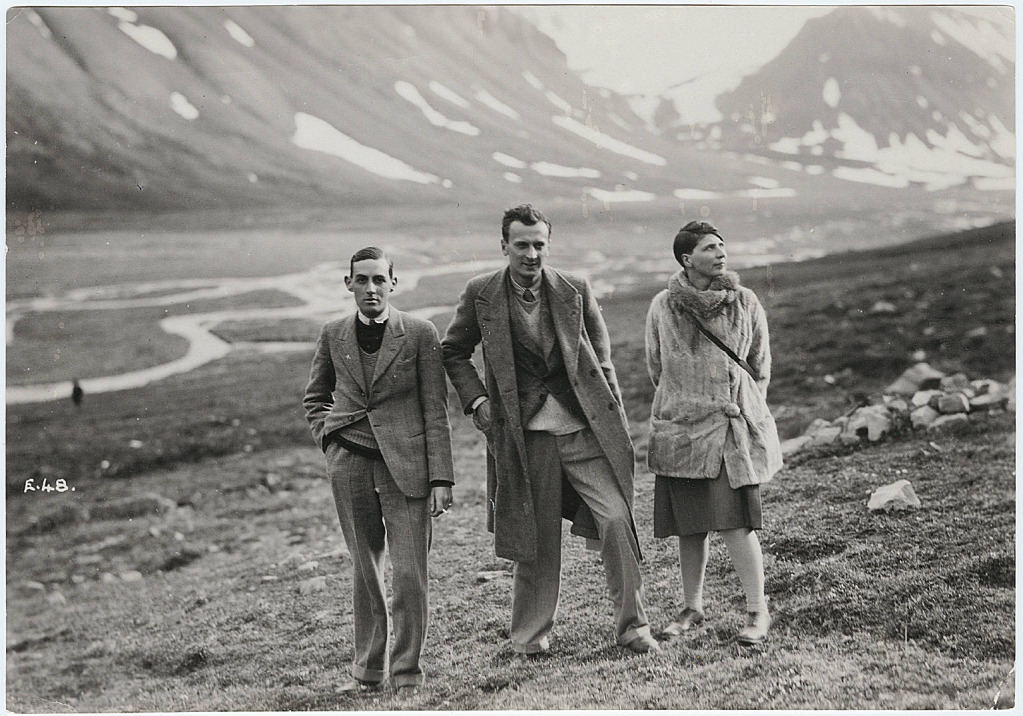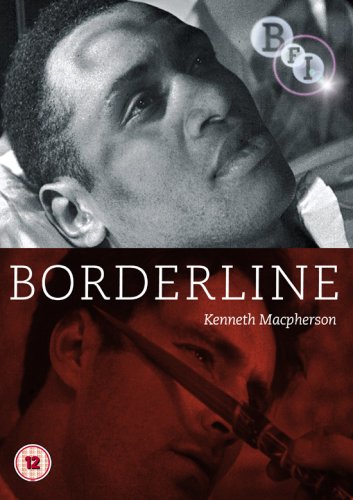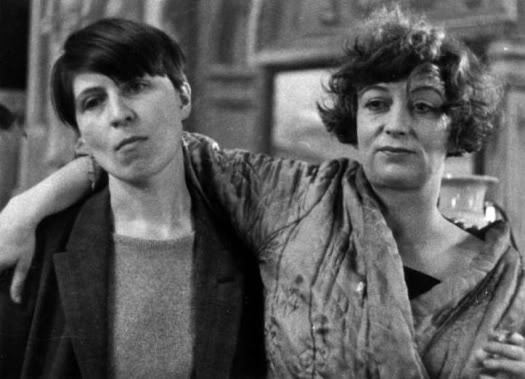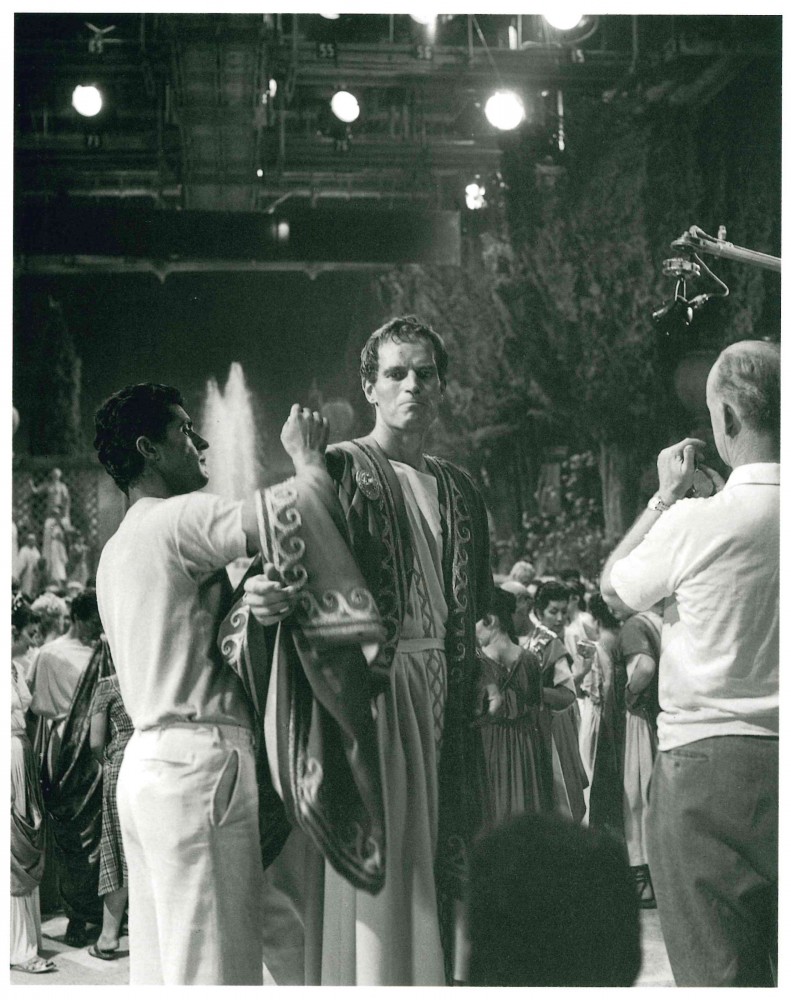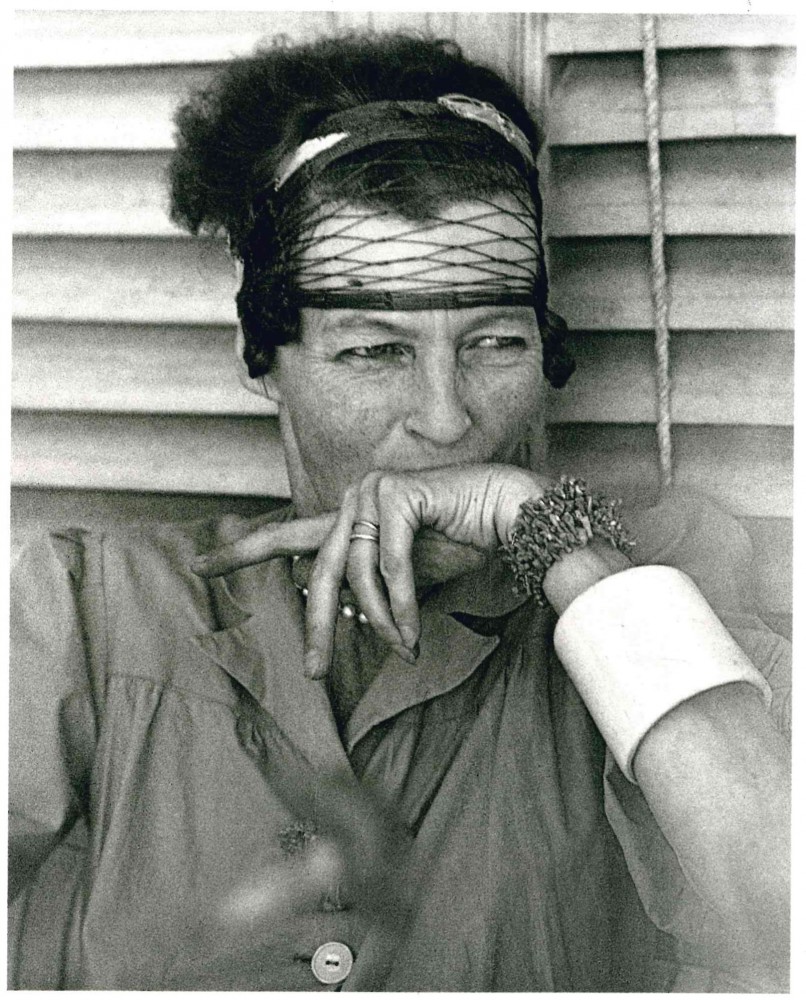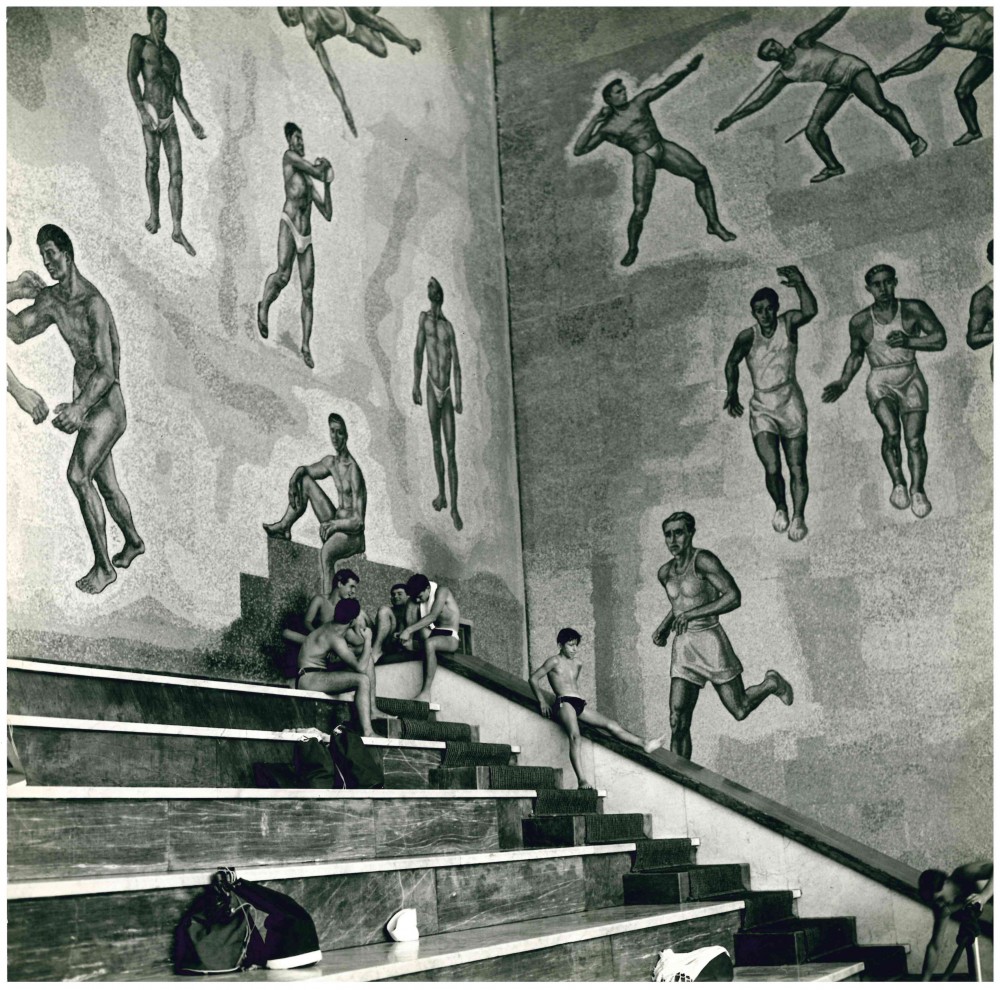 The latest in a long line of films based on a Patricia Highsmith novel has been released: The Two Faces of January. Highsmith’s 1964 novel is about an American couple in Greece hijacked by a young American interloper – one of those pretty-boy confidence tricksters she specialised in. The film adaptation recreates the trappings and setting of the earlier Talented Mr Ripley – linen costuming, retro sunglasses, cafe terraces, the dolce far niente of Fulbright wannabes abroad in Europe. I thought the new film was too much in a tired vein – like recent Woody Allen films set in Europe. The eye candy loses its flavour as it keeps you on the edge of your seat.
The latest in a long line of films based on a Patricia Highsmith novel has been released: The Two Faces of January. Highsmith’s 1964 novel is about an American couple in Greece hijacked by a young American interloper – one of those pretty-boy confidence tricksters she specialised in. The film adaptation recreates the trappings and setting of the earlier Talented Mr Ripley – linen costuming, retro sunglasses, cafe terraces, the dolce far niente of Fulbright wannabes abroad in Europe. I thought the new film was too much in a tired vein – like recent Woody Allen films set in Europe. The eye candy loses its flavour as it keeps you on the edge of your seat.

Patricia Highsmith’s house in Tegna, by architect Tobias Ammann
I’m writing this in Tegna, in Switzerland’s Italian-speaking canton, Ticino. It’s the village where Highsmith lived out the last years of her life, in the Vallemaggia, a narrow, rocky valley behind Locarno. Her ashes are immured in the cemetery and her famously bunker-like house is down the road.
By the time Highsmith returned to live in Switzerland in the early eighties, the best was behind her. The later books are hit and miss, formulaic, but she was rich from the movie rights. At one point the BBC was considering a $100,000 deal to adapt the four Ripley novels as a television series. The famous cool style had begun to wear thin, to become plain speaking, in the Texan manner. Alcohol, present from the start, had hardened her looks. French tax inspectors and Mitterrand’s socialists had her scurrying to Switzerland. Here she lived out the last thirteen years of her life in miserly wealth, poor health and alcoholism.
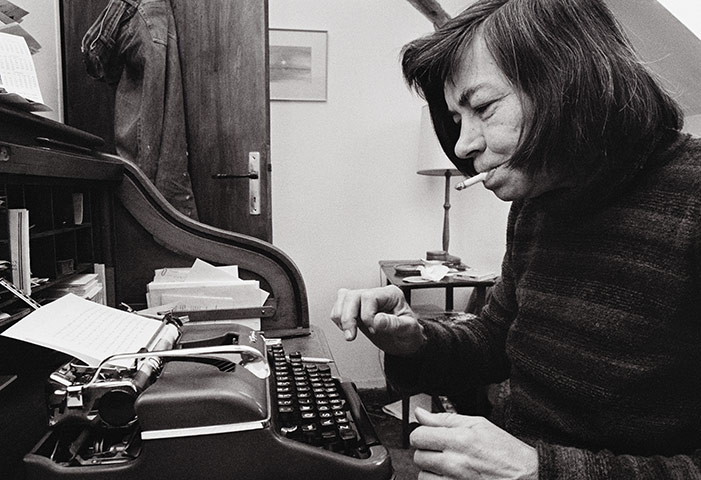
Patricia Highsmith at home in Aurigeno.
She bought a tall stone house in the hamlet of Aurigeno in the Vallemaggia. On a sunny day the deep cleft can be sparkling and magical but for much of the year it is lightless and forbidding. In a late story about a land dispute between the local priest and a farmer, “A Long Walk From Hell”, published originally in French, she described her situation: “a land of mountains that block the sun, a land of granite outcroppings, of trees that cling to the slanting hillsides, but nevertheless grow straight up.”
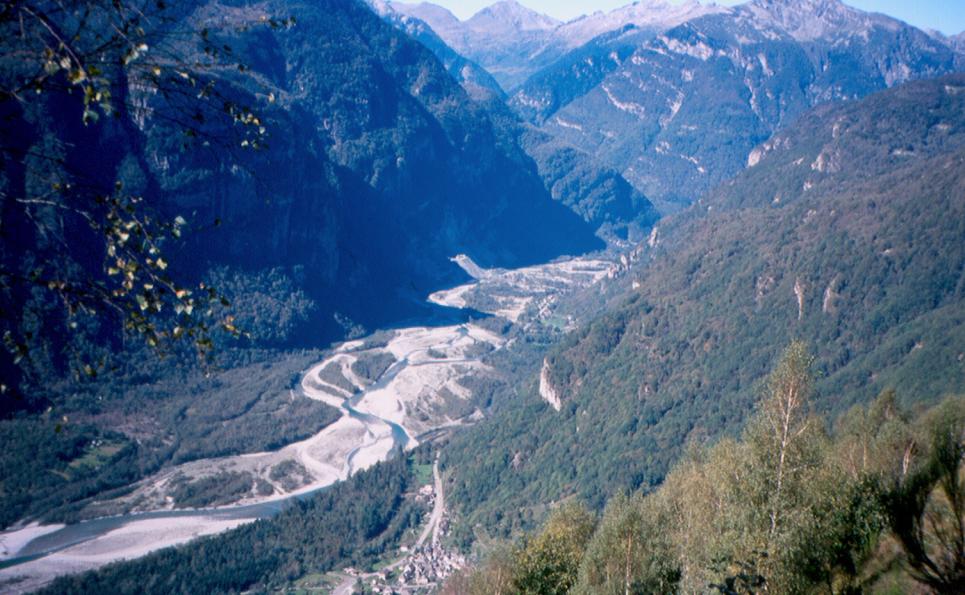
Vallemaggia in Switzerland’s Ticino
She intended to divide her time between homes in France (two of them, as well as a cottage in Sussex, England) and Switzerland, to comply with favourable tax arrangements. Highsmith wrote to a friend that President Mitterrand was going “to make life increasingly difficult for anyone who earns more than a postman”. In 1988, she wrote to an old lover, Marijane Meaker:
When you make a lot of money you get suspicious. Did I tell you that Bloomsbury liked my latest Ripley so much they gave me an advance that in American money comes to about $115,000? I never got that much for a book. You know, in the U.S. no one really recognises me, but in Europe I’m often recognised and treated like a celebrity.
The villages of the Ticino, subject to seasonal migration, had fed emigration to California during the nineteenth and early decades of the twentieth centuries. Ticinese farmers, initially attracted by the gold rush, began supplying dairy products to San Francisco. As Switzerland prospered, the Centovalli sheltered second homes of city dwellers, wealthy foreigners and artists. “The Ticino is also a mysterious place,” wrote Highsmith, “composed of a lot of granite said to have a magnetic effect, draining one’s energy.”
The three floors of cellars underneath the living quarters were a metaphor for Highsmith’s unconscious. Her work is full of burials and drownings, criminal urges behind a façade of charm and civility. In The Two Faces of January we get a murder in the catacombs of some Greek ruins on Knossos. Highsmith enjoyed showing her cellars to visitors. “There were three of them. One for cheese – there was no cheese. And one for jambon – no jambon. It was a Highsmith cellar – probably cadavers,” said Josyane Savigneau.

Alfred Hitchcock’s Strangers on a Train was based on Highsmith’s first novel.
Highsmith had always been interested in houses. Guy, the protagonist of Strangers on a Train, is a prize-winning architect. Ripley plays lord of the manor in modernist swank in France. Highsmith was drawn to the clean spare lines of the Bauhaus. Her own houses, however, were singularly uncomfortable and badly chosen. No one, including their owner, ever seems to have had a good time in them.
After six years in Aurigeno, Highsmith moved down the valley to Tegna, to the last of her many houses, commissioned from architect Tobias Amman. In January 1953, on her first trip through Switzerland, she had written:
Someday, perhaps, I shall have a house built of rock, a house with a name – Hanley-on-the-Lake, Bedford on the River, West Hills, or plain Sunny Vale. Something. So even without my own name on the envelope letters will reach me, because I and only I shall be living there. But that can never make up for these years of standing in line at American Express offices from Opera to Haymarket, Naples to Munich.
Casa Highsmith had a functional foursquare look, with the “French windows” she repeatedly notes in her fiction as a marker of class. She showed photos of it to Marijane Meaker. “I designed it myself, which I hope qualifies me as an artist, since I don’t have my sketchbooks with me. I had help from a prominent architect whose name probably isn’t familiar here.” Meaker thought the “windows seemed like lookout slits in the side of an old fort”. They faced a garden where the ailing Highsmith liked to potter. In a radio interview she mentions planting American corn and fraises des bois or wild strawberries. Her go-to coffee table book was A Color Atlas of Forensic Pathology. No wonder her few visitors were eager to leave, probably heading to the nearest restaurant for a square meal.
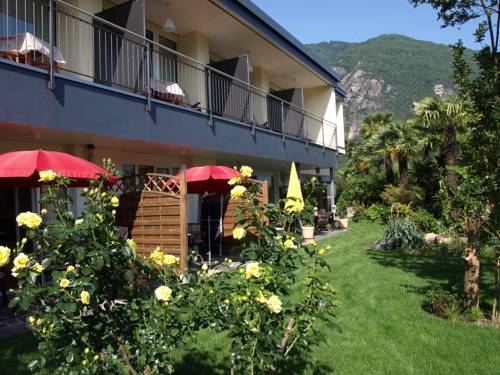
Hotel Garni Barbate in Tegna, where Hanna Arendt stayed each year.
Tegna had another illustrious resident, summering for two weeks every year: the philosopher Hanna Arendt, who stayed at the Barbatè guesthouse (highly recommended). Though Arendt died in 1975, it would be tempting to bring these two survivor women together in a garden conversation, overlooking the mountain landscape: one the mistress of crime, the other the author of the phrase “the banality of evil”. What would they say to each other? They probably wouldn’t get on. Highsmith was anti-Semitic, for a start.
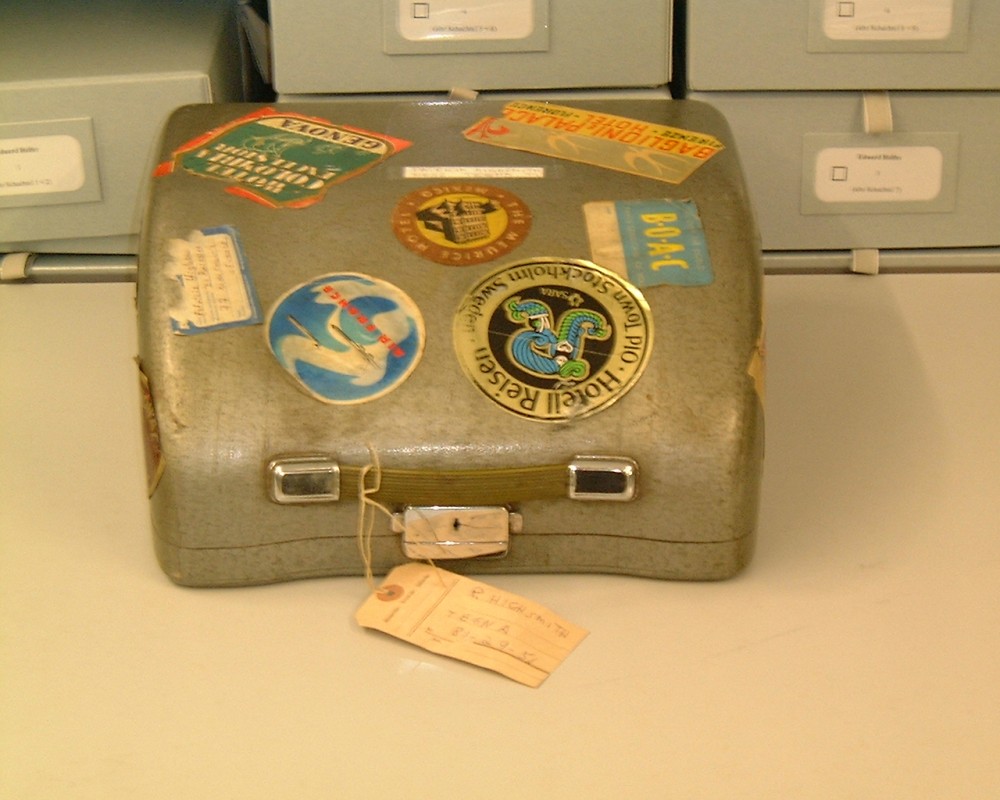
Patricia Highsmith’s trusty Olympus typewriter at the Swiss Literary Archives in Bern
The Swiss Literary Archives contain a cache of Highsmith’s pseudonymous letters to newspapers railing against minorities of every stripe. Other letters are addressed to U.S. President Jimmy Carter, U.S. Secretary of State James A. Baker III or to Senator Bob Dole. They reveal a mind much exercised by the state of Israel and the Palestinian problem, but also careful to protect its privileged sanctuary in Switzerland and hoping to acquire citizenship. Highsmith used a revolving set of pseudonyms: Eddie Stefano, Janet Tamagni, Prissila Appleby, A Proudfoot Grasshopper. At one point she is upbraiding Vice President Dan Quayle on his spelling mistakes. She called them Quayle droppings – “I liked his about “wishing he’d studied Latin harder, so he could talk with the folks in S. America.”’ Clearly, the racism and misogyny of these letters arises from the writer’s own conflicted identity. She was “a great hater,” as one friend said.
In a short 1989 essay “Of Time and the Country Life,” Highsmith appreciated the different rhythms of the Ticino. She missed the American cocktail hour, the French apéritif, that break from the solitude of a day’s writing. She was clear-eyed and unsentimental about the effect of country life on women around her:
In the small towns in this area, it is not the done thing for women to congregate in the local bar or café at 9 p.m., women presumably always having something to do at that time, and at home too. In brief, the married woman with children in the Tessin countryside is at the beck and call of husband and all the children, possibly even the elderly in-laws, round the clock. She is car-driver, cook, shopper, house-cleaner, seamstress, hostess, nurse.
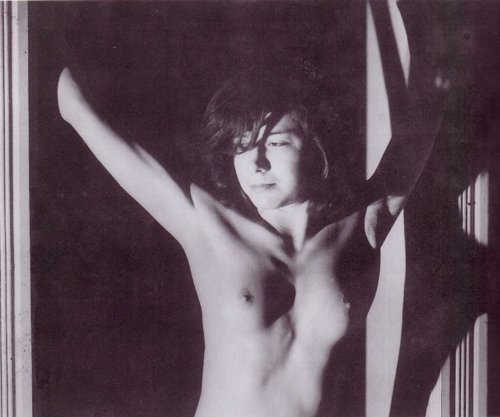
The garconne Highsmith in 1942, photo by Rolf Tietgens
By the time she pitched up in Tegna, her garconne looks had hardened to those of a Red Indian squaw. Alert to race as any Southerner, her ‘swarthy’ looks had always given pause. She had interrogated the family tree for black ancestry, a ‘touch of the tar brush’. The archives contain substantial material on the Coates and Stewart family histories, but little investigation of her father’s German ancestry.
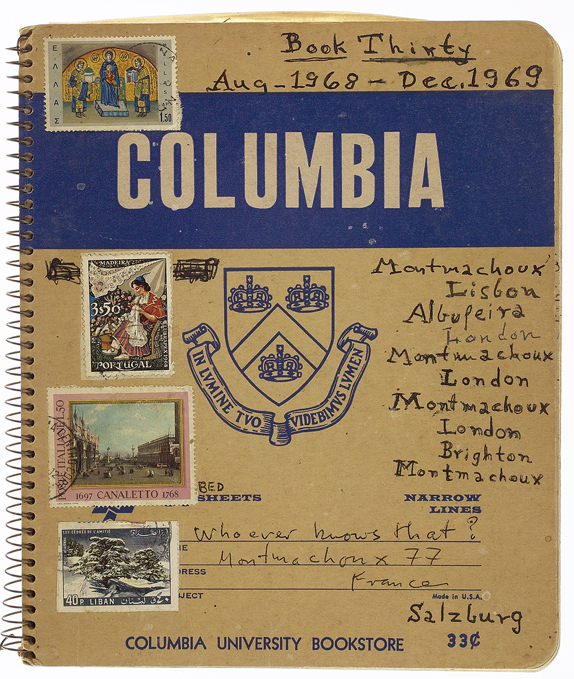
One of the Columbia University notebooks Highsmith wrote in all her life.
She wrote every day at her trusty, much-travelled 1956 Olympia Deluxe typewriter, kept abreast of correspondence, noted ideas and dreams. On Desert Island Discs she described her writing day in a characteristically cagey, cool voice, completely diffident, its Texan inflections tempered by European swagger: eight typewritten pages per day, mostly written in the afternoon over four or five hours. She needed three drafts to get it right: “I don’t write very smoothly in first draft… I write action passages fast, but what comes after might need a mood change. I retype my books two and a half times. I like retyping for neatness and polish, not style. Style does not interest me in the least – emotion is worth more than the intellect.”
Her chosen desert island book was Moby Dick, and she would take writing materials with her. All parsimony and industry, she reminds one of the Scotch-Irish on her mother’s side, the Stewarts, descended from a Presbyterian minister, with lineage pretensions back to James II. On her father’s side, the Plangmans and Hartmans, she was Prussian – no levity there either. This didn’t prevent her from noting similar qualities in the Swiss: ‘Ah, the tidy, thrifty, law-abiding Swiss! Uptight! Why else did the Swiss have the highest drug-abuse rate per capita in the drug-abusing world – meaning the world?”
In a brief piece about foreigners living in Switzerland, for the Crédit Suisse bulletin, she was characteristically impersonal and disingenuously shallow:
How do I perceive Switzerland? Perhaps as many an American who has not been to Switzerland sees it: as an orderly country famous for mountains, good watches, cheese, candy and cleanliness. I have now lived in the Ticino for a few years, a region which may be less formal than Zurich or Bern areas, but still the pavements and gutters of Locarno are not littered with discarded paper cups, broken bottles and empty cigarette packets…
The elementary and high school levels of school here seems streets ahead of America’s – though I realise that America has perhaps the finest post-graduate schools in the world…
Another image comes when I think of arriving from somewhere at Zurich airport, weary and with hand luggage, walking towards passport control. Ten or more figures, most of them solitary businesspeople with briefcases, stroll towards the two control booths. Nobody talks. The dark marble floor shines, unlettered. It is like a well-cared-for living room, in fact.
Switzerland is something like a club. Perhaps not everyone would want to join, but for those who like order and the quiet life, Switzerland is the place to be.
Daniel Keel, her editor at Diogenes, remembers visiting her at Tegna a few months before her death in February 1995. Uncharacteristically, she had asked for chocolate cake, which he picked up from Sprüngli in Zurich’s Bahnhof, before boarding the train for Ticino. Their work done, Highsmith opened the box and both editor and writer stared at the cake. It was coffin-shaped – one of Sprüngli’s finest. He was mortified, and knew that she knew. It was a macabre moment, typical of the morbidity of her work.
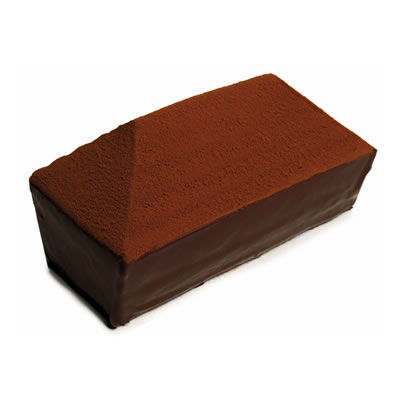
Sprungli’s famous coffin-shaped chocolate cake.
Three days before she died, she was still fiddling with her will. She died alone in the hospital in Locarno. She was cremated in Bellinzona and her ashes immured in the columbarium of the little Catholic cemetery in Tegna. She hated Catholics. Friends and admirers, many belonging to the Jewish New York publishing world, the cinema world of the post-war decades, packed the church. They brought flowers. Highsmith hated flowers too. They came to remember an anti-Semite of long standing. This mean-spirited, tight-wad crime writer bequeathed her millions to the writers’ colony, Yaddo, in upstate New York, where over forty years before she had written her first novel Strangers on a Train. Rumour has it millions more are gathering dust and compound interest in the Bahamas and the Cayman Islands. This “jaded, butch, Scotch-soaked lady novelist” who nobody much liked, was laid to rest.

Patricia Highsmith’s last resting place in Tegna cemetery.


